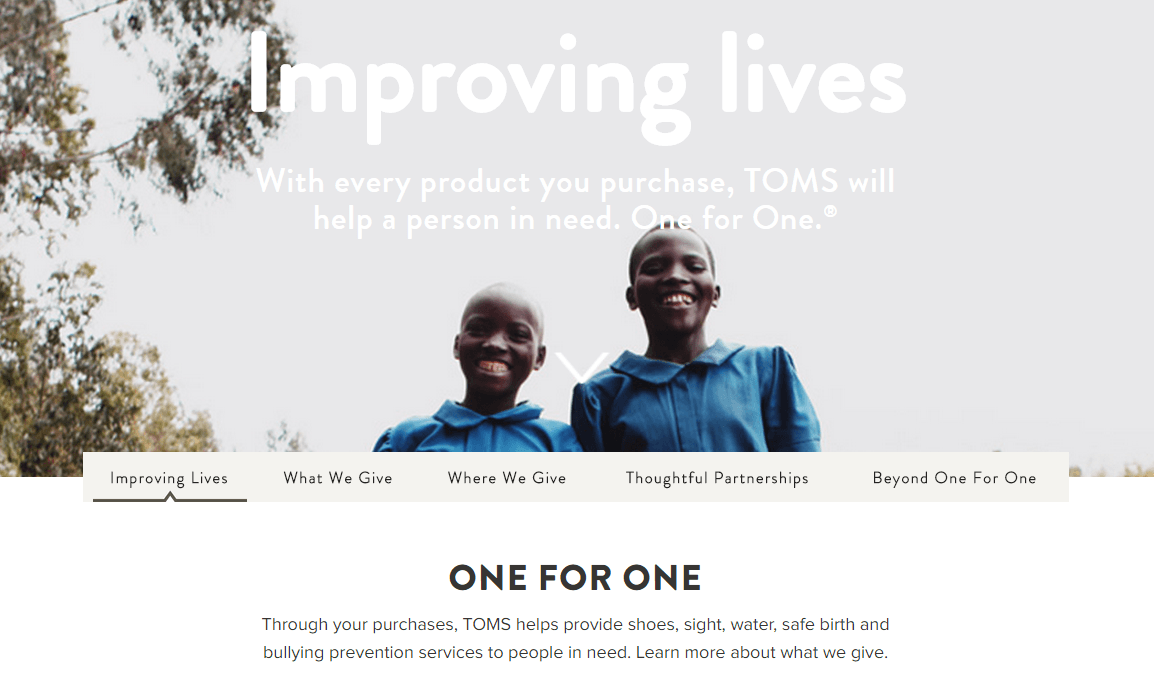*Positioning
The difference between positioning and proposition.

In strategy, and especially in sales, many terms are used interchangeably. Proposition, pitch, slogan, and positioning are often used interchangeably, and everyone understands something different. The meaning we assign to these terms often depends on the context. In this article, we will focus on the terms “positioning” and “proposition,” how they differ from each other, and how they complement each other.

Do you know which brands are associated with these propositions?
1. “Binnen 30 minuten een pizza.” (Translated: “A pizza within 30 minutes.”)
2. “Smelt in je mond, niet in de hand.” (Translated: “Melts in your mouth, not in your hand.”)
3. “We try harder.”
The first one is, of course, Domino’s Pizza, the second one is from M&M’s, and the last one is from the global number 2 in car rental, Avis. You probably knew which company was associated with at least two out of three of these statements. Now, think about it, what is your proposition? Is it also short and impactful?
Many companies have propositions that consist of a few sentences, filled with power terms like customer orientation, service, quality, and innovation. These are generic terms that result in a weak proposition that nobody can remember. In such cases, the proposition misses its goal because it doesn’t make a clear choice for one characteristic. A weak proposition and an unclear and unremarkable positioning often go hand in hand, but why is that? Let’s compare the definitions.
What is a proposition – definition
“A readily understandable reason why a customer should choose a specific brand, product, or service right now compared to all competition and alternatives.”
The statement that convinces people by emphasizing the truly distinctive power of an offer and creating urgency.
What is positioning – definition
“Strategically connecting a brand to a set of characteristics, associations, and properties in such a way that the brand occupies a unique place in the customer’s mind compared to competing brands.”
We extensively discuss the meaning and definition of positioning in our article: The Meaning and Definition of Positioning.
Proposition and positioning, the difference
Now that we have both definitions side by side, the difference becomes clear. Positioning aims to differentiate the offering from the competition, while the proposition aims to achieve a sale. In fact, the proposition arises from the positioning and is primarily a crystallized message that contains the absolute core of distinctiveness. In a company’s or brand’s positioning, they may include several features or characteristics, but in the proposition, one aspect must be chosen.
The easiest way to think about it is that the proposition is the actual proposal that a company or brand makes. That’s where it comes from, by the way: “propositio” in Latin means to submit or propose.

Proposition in Practice
We strongly prefer to develop positioning first and then derive the proposition from it. Simply because you only know the core of your distinctiveness when you have worked out all aspects of it. Starting with a proposition may overshadow another sales argument or less obvious feature, even though this may be central to your target audience!
In communication to the target audience, you then reverse this process; a first impression is often a brief pitch or a slogan on a website. The proposition’s goal is to trigger the visitor or relationship enough so that they want to learn more about you. That’s when positioning comes into play.
So, the proposition and positioning are indeed different, even though they are closely related. By consciously working on both tools, your people always have the right tool for the right situation. Want to learn more about positioning and how to work on it yourself? Read our Positioning page, where you’ll find in-depth articles, examples, and models for every possible positioning challenge.